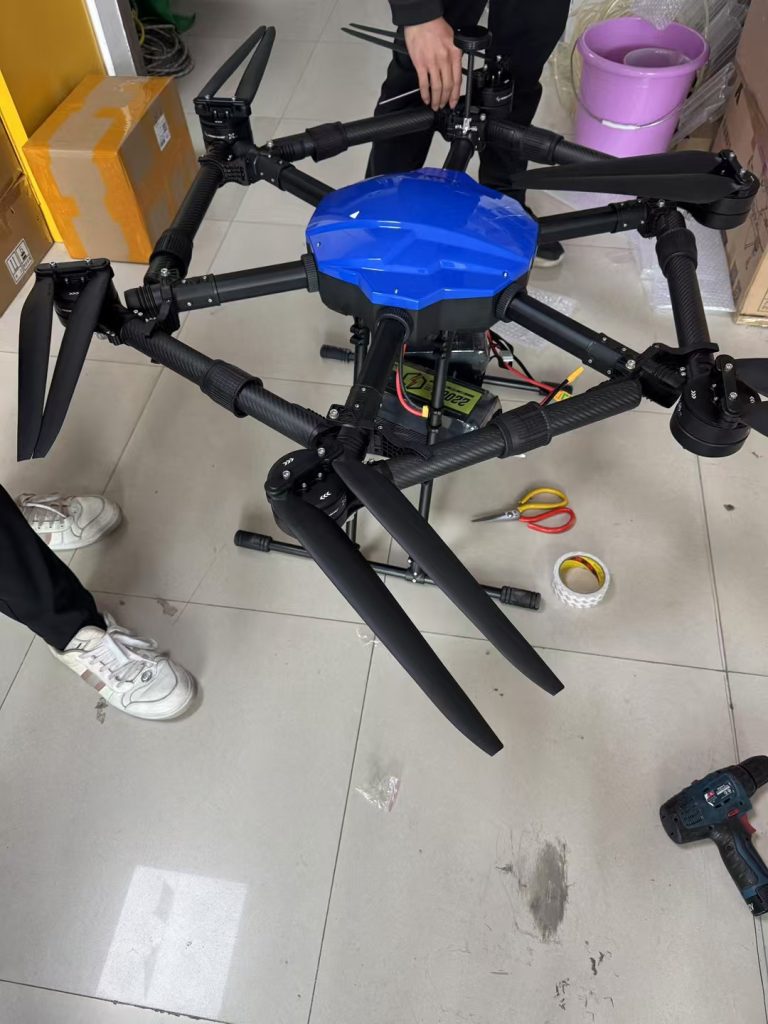![图片[1]-Smart Agriculture Evolution: How Chinese Pesticide Drones Maximize Yields While Minimizing Environmental Impact-msoen](https://www.msoen.com/wp-content/uploads/2025/04/54487bc6d4215007-768x1024.jpg)

![图片[3]-Smart Agriculture Evolution: How Chinese Pesticide Drones Maximize Yields While Minimizing Environmental Impact-msoen](https://www.msoen.com/wp-content/uploads/2025/04/1a54c78d8d214952-576x1024.jpg)
![图片[4]-Smart Agriculture Evolution: How Chinese Pesticide Drones Maximize Yields While Minimizing Environmental Impact-msoen](https://www.msoen.com/wp-content/uploads/2025/04/0e151c96c1214759-768x1024.jpg)
![图片[5]-Smart Agriculture Evolution: How Chinese Pesticide Drones Maximize Yields While Minimizing Environmental Impact-msoen](https://www.msoen.com/wp-content/uploads/2025/04/4e0da2d332214638-768x1024.jpg)
![图片[6]-Smart Agriculture Evolution: How Chinese Pesticide Drones Maximize Yields While Minimizing Environmental Impact-msoen](https://www.msoen.com/wp-content/uploads/2025/04/4e0d9ec2ca214327-576x1024.jpg)
China’s agricultural sector is embracing a transformative leap forward as smart pesticide drones redefine efficiency and sustainability. These advanced drones are not only addressing critical challenges like labor shortages and pest outbreaks but also setting new global standards for eco-friendly farming. This article uncovers how China’s innovation in pesticide drones is driving productivity while safeguarding natural resources.
The Dual Challenge: Feeding a Population and Protecting the Planet
China’s farmers face a dual imperative: produce 25% of the world’s food with just 7% of its arable land, while curbing pesticide overuse that threatens ecosystems. Traditional methods struggle to balance these goals. Here’s where smart pesticide drones emerge as a game-changer, merging cutting-edge technology with sustainable practices.
Core Innovations Driving Agricultural Drones
Chinese engineers have embedded next-gen features into pesticide drones to optimize performance:
- Solar-Assisted Battery Systems
Drones now integrate solar panels for extended operation, reducing charging time by 40% and enabling continuous use in remote farmlands. - Autonomous Swarm Navigation
AI algorithms allow drones to coordinate in swarms, automatically adjusting flight paths to avoid collisions and ensure uniform coverage across vast fields. - Hyperlocal Weather Adaptation
Real-time weather data integration enables drones to postpone applications during rain or high winds, preventing chemical waste and ensuring efficacy. - Modular Payload Design
Farmers can swiftly switch between pesticide tanks, herbicide systems, or seed dispensers, adapting to seasonal needs without equipment overhauls.
Transforming Farm Practices Across China
From arid plateaus to humid deltas, drones are revolutionizing regional farming:
- Loess Plateau Barley Farms: Drones with thermal imaging detect hidden pest nests, enabling targeted interventions that cut chemical use by 50% while preserving soil structure.
- Pear Orchards in Sichuan: Multi-spectral drones map tree health, applying micro-doses of nutrients alongside pesticides to boost yield by 22% and fruit quality.
- Hainan Coconut Groves: Lightweight drones navigate typhoon-prone regions, spraying salt-resistant pesticide blends during monsoon seasons to protect crops.
Policy Synergy: Building a Digital Farming Ecosystem
China’s government is accelerating drone adoption through strategic initiatives:
- Digital Countryside 2.0: Mandates IoT sensor networks in drone-operated farms to collect real-time data on crop health, soil moisture, and pesticide residues.
- Green Subsidies: Farmers receive tax breaks for using drones with eco-certified pesticide formulations, reducing reliance on banned chemicals.
- Rural Drone Academies: Training programs equip farmers with skills to operate and maintain drones, fostering self-reliance in tech adoption.
Environmental and Economic Impact
Chinese pesticide drones prioritize planet-friendly outcomes:
- Water Resource Protection: Reduced chemical runoff preserves 1.2 million hectares of wetlands annually, critical for migratory bird habitats.
- Carbon Reduction: Electric drones offset 150,000 tons of CO2 emissions yearly compared to diesel-powered sprayers.
- Economic Equity: Smallholder farmers access premium-grade technology, narrowing the yield gap between large-scale and subsistence farms.
Future-Forward Trends Shaping the Industry
- Predictive Pest Analytics
Machine learning models analyze historical data to forecast infestations, enabling preemptive drone missions. - 5G-Enabled Fleet Management
Ultra-fast connectivity allows real-time control of hundreds of drones, ideal for mega-farms in Northeast China. - Bio-Degrading Pesticide Pods
Collaborations with green chemists yield drones that dispense biodegradable formulations, decomposing within weeks to prevent soil contamination.
Conclusion: A Blueprint for Global Agricultural Resilience
China’s pesticide drones exemplify how technology can harmonize productivity and sustainability. By minimizing waste, reducing labor risks, and aligning with global eco-standards, these drones offer a replicable model for nations tackling food security challenges. For farmers and agribusinesses, adopting this technology isn’t just an upgrade—it’s a commitment to leading a greener agricultural future.
Upgrade Your Farming with Intelligent Solutions
Discover how smart pesticide drones can optimize your yields, reduce costs, and protect your land for generations.
Keywords integrated: Smart pesticide drones, sustainable farming technology, AI-driven agriculture, Chinese agri-innovation, eco-friendly pest control.












暂无评论内容